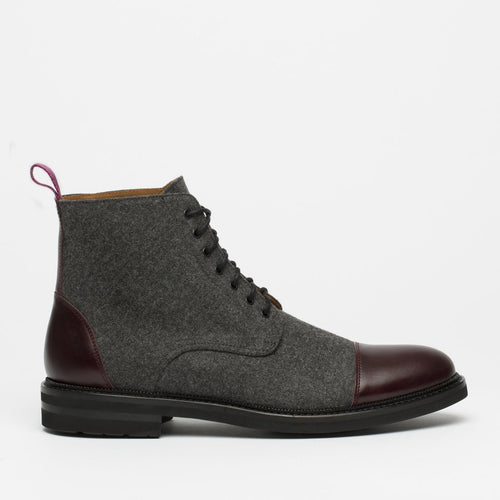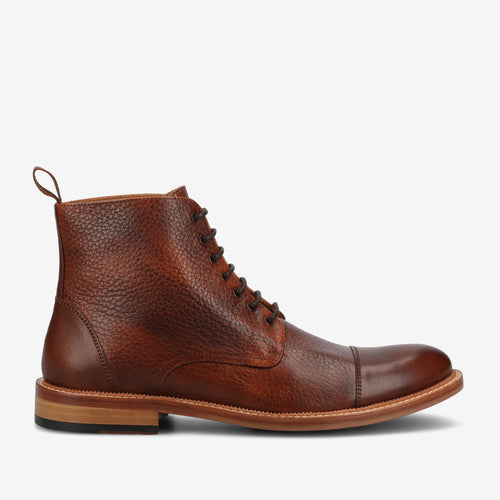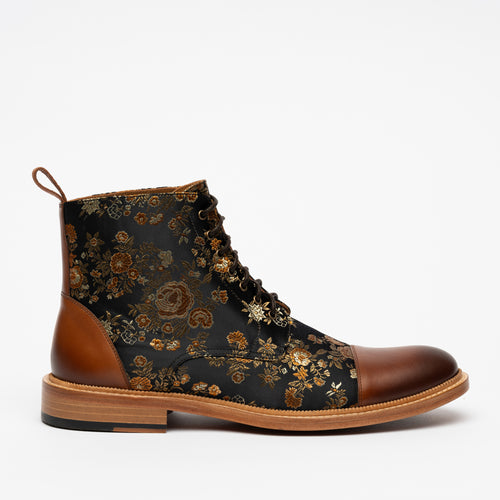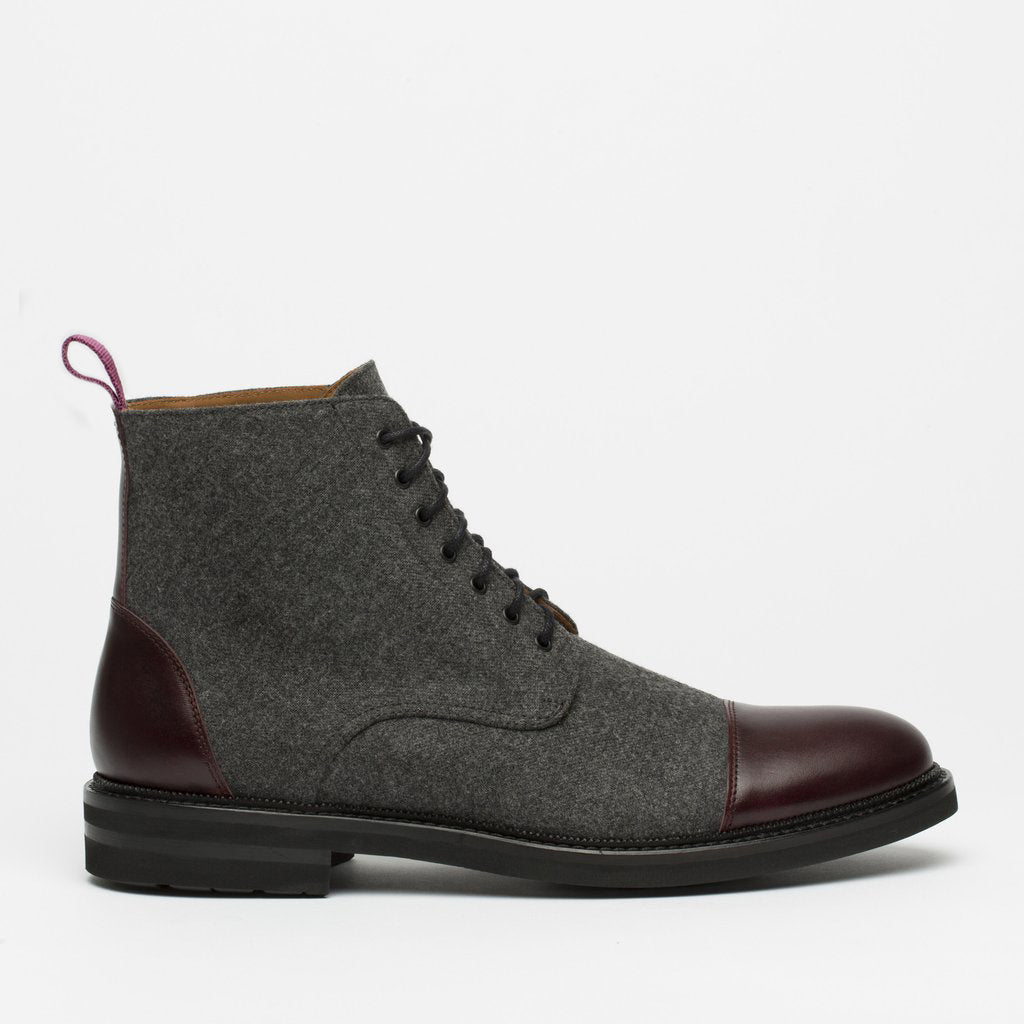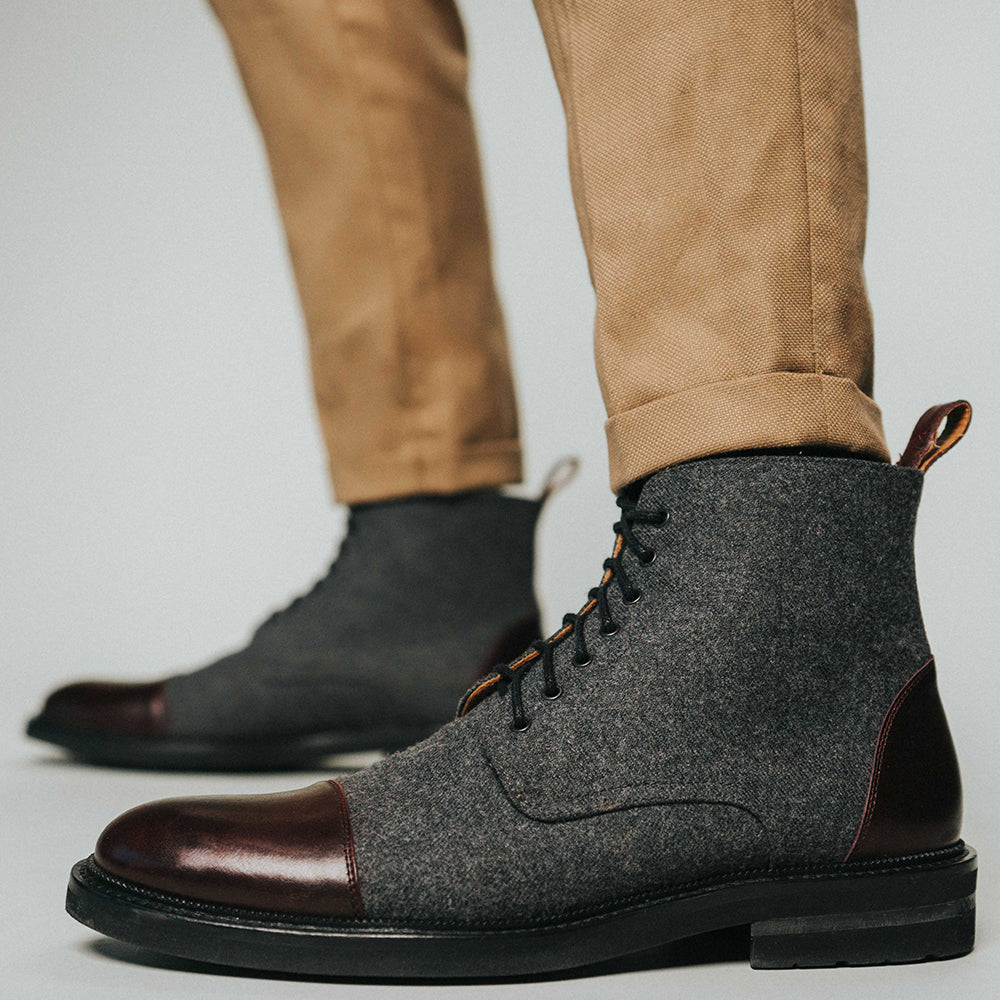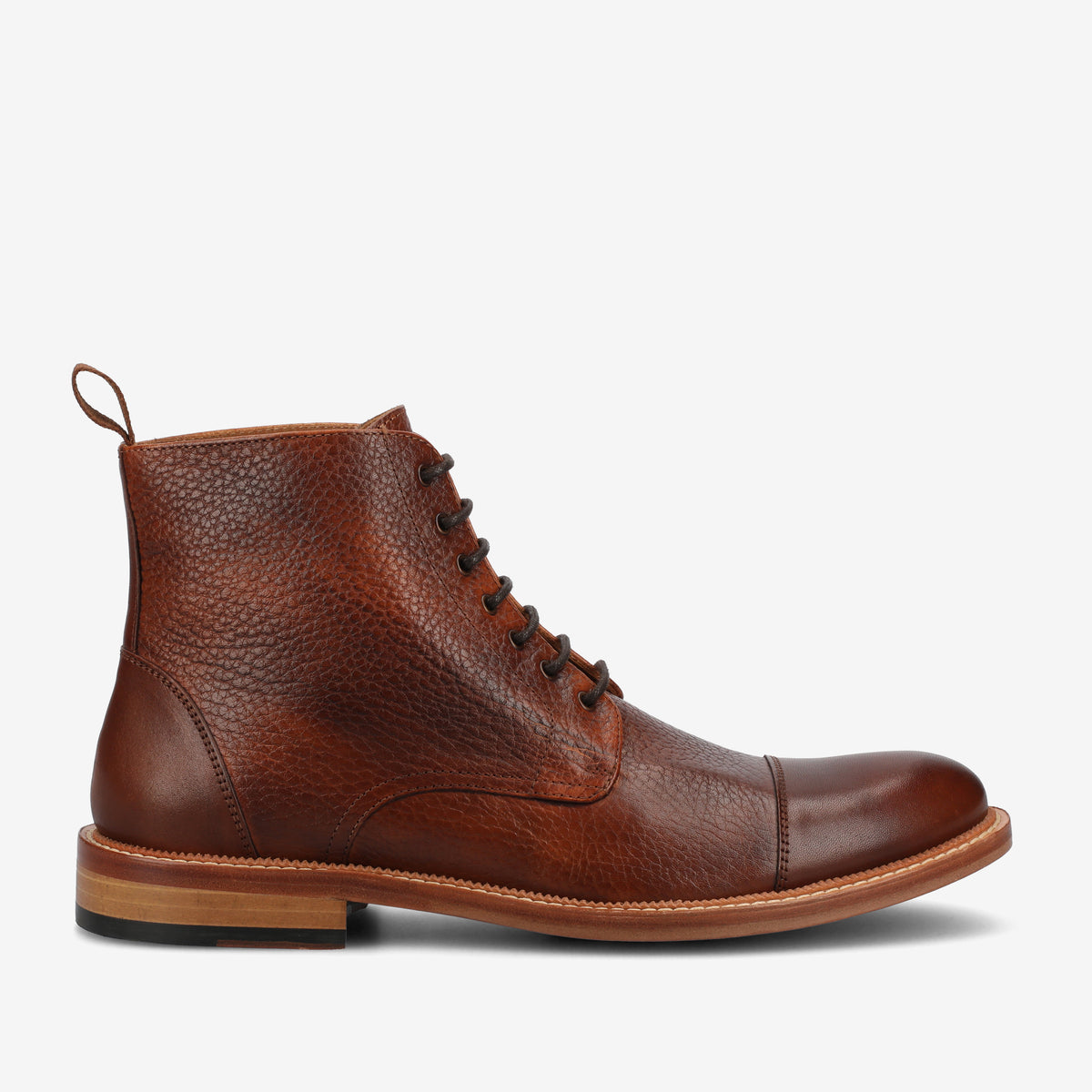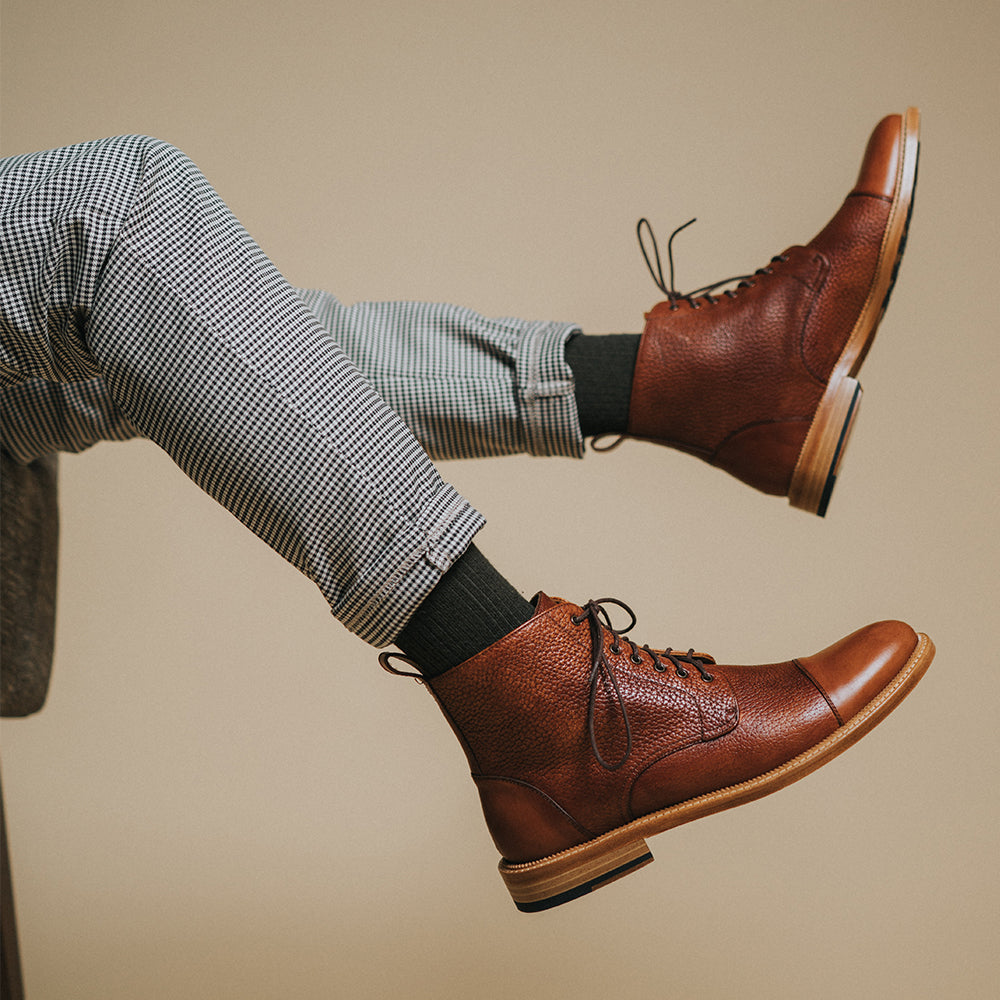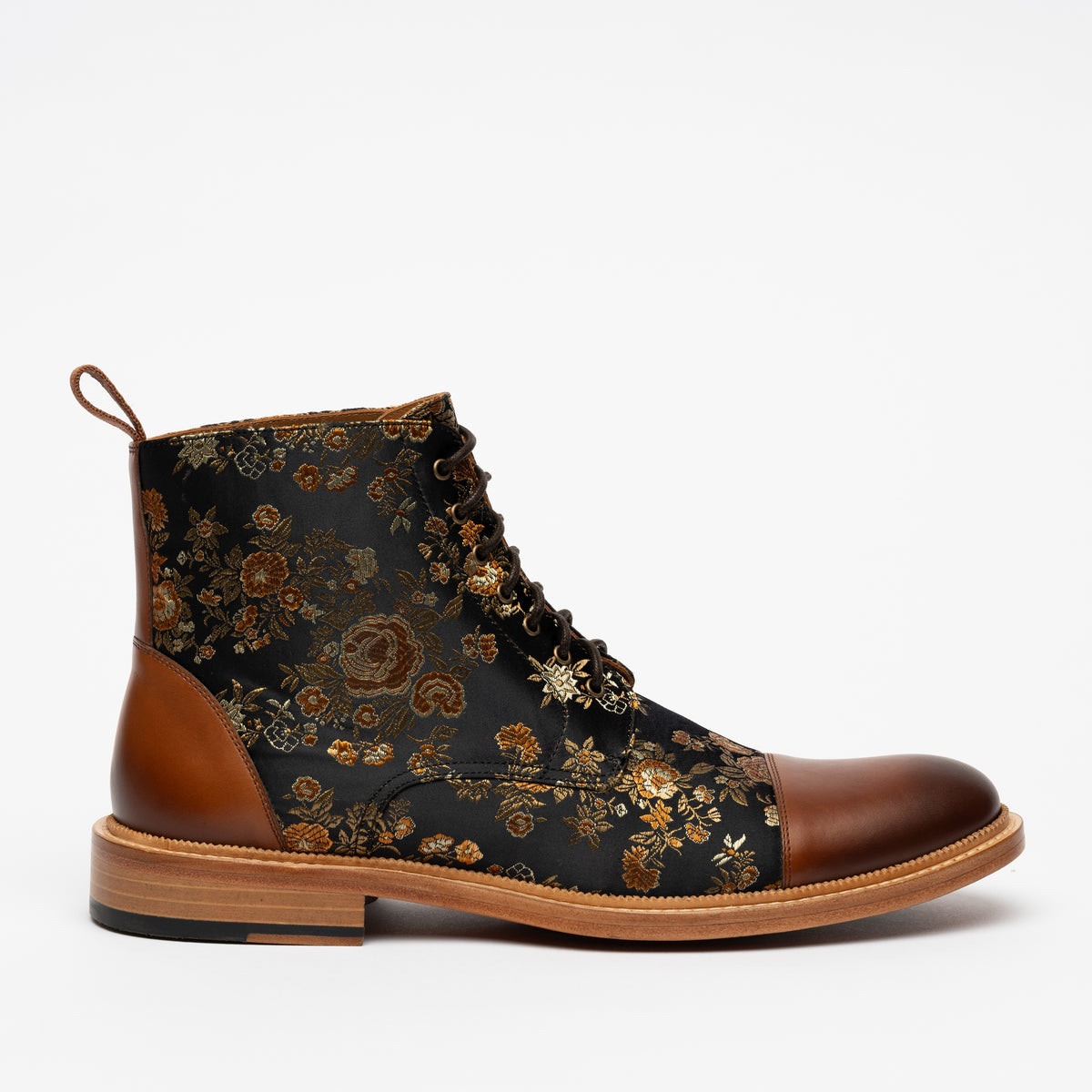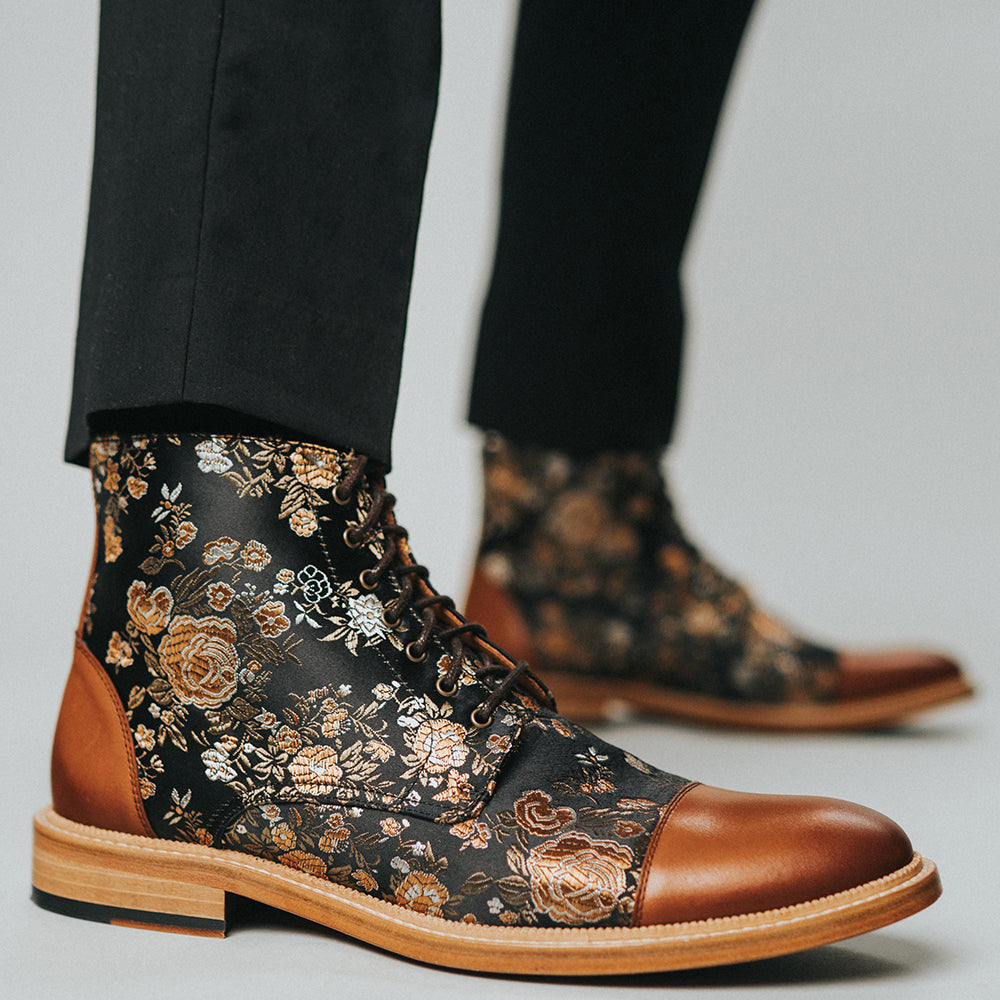When you invest in a pair of unique leather boots or shoes, protecting them from the elements becomes paramount to maintaining their peak condition. To shield your cherished footwear from weather-related damage wear and tear, follow these 8 essential tips that will help you keep your shoes looking fresh and pristine for years to come.
Choose Appropriate Footwear for Weather Conditions
Selecting the appropriate footwear for different weather conditions is not just a matter of comfort; it's a vital step in preserving the beauty and longevity of your leather shoes and boots. The elements can be harsh, and without proper care, even the hardiest of footwear can suffer irreparable damage. Whether it's the scorching heat of summer or the icy chill of winter, the wisdom of choosing the right shoes can make all the difference.
For hot and humid conditions, opt for shoes made of breathable materials like canvas or perforated leather to allow for adequate air circulation, keeping your feet cool and minimizing moisture buildup. In colder climates, consider shoes with insulating materials that provide both warmth and water resistance. If you're dealing with wet conditions, water-repellent treatments or wax coatings can be applied to leather shoes to create an additional barrier against moisture.
Avoid Wearing Leather-Soled Shoes in the Rain
It's true – leather and water don't mix. When exposed to rain or moisture, fine leathers are often easily oversaturated, which can lead to permanent damage.
If there's rain in the forecast, reach for a pair of rubber-soled boots that can handle moisture, instead of a pair with leather soles. Avoid other types of leathers and materials that are particularly ill-suited for rainy conditions – including suede and untreated leathers – which can easily absorb water, leading to unsightly stains and a weakened structure. Similarly, shoes with canvas uppers are not ideal for wet weather, as they offer little to no water resistance and can become easily saturated, compromising both comfort and durability.
Triage Wet Shoes Quickly
In the face of unexpected rain, precipitation or accidental spillage, swift action is the key to safeguarding your leather shoes from the harmful effects of water exposure. It's important to act quickly – reach for a napkin, rag, paper towel, or any type of absorbent cloth and dab to remove as much moisture from the fabric as you can. In addition, allow your shoes to dry naturally – if your shoes have removable insoles, take them out to speed up the drying process and prevent mold growth.
After you've absorbed the initial moisture, the next step is to prevent water stains and further damage. Apply a leather conditioner to restore essential oils and maintain the leather's suppleness. For more stubborn water stains, consider using a specialized leather cleaner (like the one included in our Shoe Care Kit) to gently lift any marks or blemishes.
Don't Use External Heat Sources to Dry Shoes
One of the cardinal rules of shoe care is to avoid using external heat sources for drying, as this can have detrimental effects on the longevity and appearance of your leather shoes. When exposed to intense heat, leather can dry out and crack over time, as the natural oils that keep the leather supple and resilient are depleted, leaving your shoes prone to irreparable damage.
Allow boots, sneakers, and shoes (especially dress shoes) to air dry at room temperature, ensuring that they are kept away from direct sunlight and sources of heat. Rapid temperature changes can be detrimental to leather, causing it to contract and expand, leading to potential warping or cracking.
Use Two Hands to Take Off Shoes
To truly appreciate the craftsmanship and elegance of your luxury leather shoes, consider adopting a small yet significant habit that will preserve their beauty and structural integrity: use two hands when taking on and off! The simple yet effective practice of using both hands when putting on and taking off your leather shoes ensures that you're not stretching or distorting the leather, which can lead to premature wear and tear, or even damage. This also aids in minimizing friction that can degrade the interior lining, helping to maintain the shape of your shoe and preventing creases and wrinkles that can mar leather's appearance.
This is especially true for exotic or specialty leathers, or designs with intricate detailing, which can be more fragile and prone to abuse. By employing this thoughtful approach, you minimize any undue stress and tension on the shoe, ensuring it maintains its best appearance for years to come.
Take Care of Salt Stains Promptly
Living in cold, snowy areas with harsh winters often means confronting the inevitable challenge of salt stains appearing on your hardy boots and shoes. These unsightly stains can quickly mar the beauty of your leather footwear if not addressed promptly.
The moment you notice salty water on your shoes, take immediate action to prevent stains from setting in. Wipe each shoe down with a soft cloth or paper towel using quick, gentle motion to remove surface moisture from the fabric. It's crucial to follow up with a specialized salt stain remover – though if you prefer a more natural method, we recommend using a diluted vinegar solution with two parts water and one part vinegar, and gently apply it to the affected areas using a clean cloth. This solution serves to neutralize the harmful effects of the salt on your shoe's leather.
Wait 24 Hours Between Wearing
To prolong the life of your leather shoes, give them a rest – allow for at least 24 hours between wear to offer your shoes a much-needed respite. Embracing a practice of regular rotation between pairs can do wonders to prolong the lifespan, quality, and durability of your favorite footwear.
Keep Leather Clean and Conditioned

While polishing your shoes enhances their aesthetic appeal, conditioning is essential for maintaining the health and longevity of the leather. Regularly conditioning your leather shoes every few months is crucial to keep them moisturized and supple. To properly condition your shoes, start by removing any dirt or debris using a soft-bristled brush or a damp cloth. Next, apply a leather cleaner to remove any lingering grime and prepare the leather for conditioning. Once the shoe is clean, apply a leather conditioner using a soft cloth, working it into the leather in circular motions. Allow the conditioner to sit for about 15-20 minutes, giving it time to penetrate the leather and replenish essential oils.
After the conditioner has been absorbed, wipe away any excess and let the shoes dry naturally, away from direct heat sources. For optimal results, consider using a conditioner that contains natural ingredients like beeswax or lanolin, which are known for their moisturizing properties.
Thankfully, we made it easy to get all the right tools to make your leather shoes look their best with our Shoe Care Kit: from conditioner to brushes, our kit comes with everything you need to take care of highest quality leather boots and shoes. By adhering to these weather-conscious tips, you'll safeguard your shoes from the harshest elements, ensuring they stay looking good and durable for years to come.
